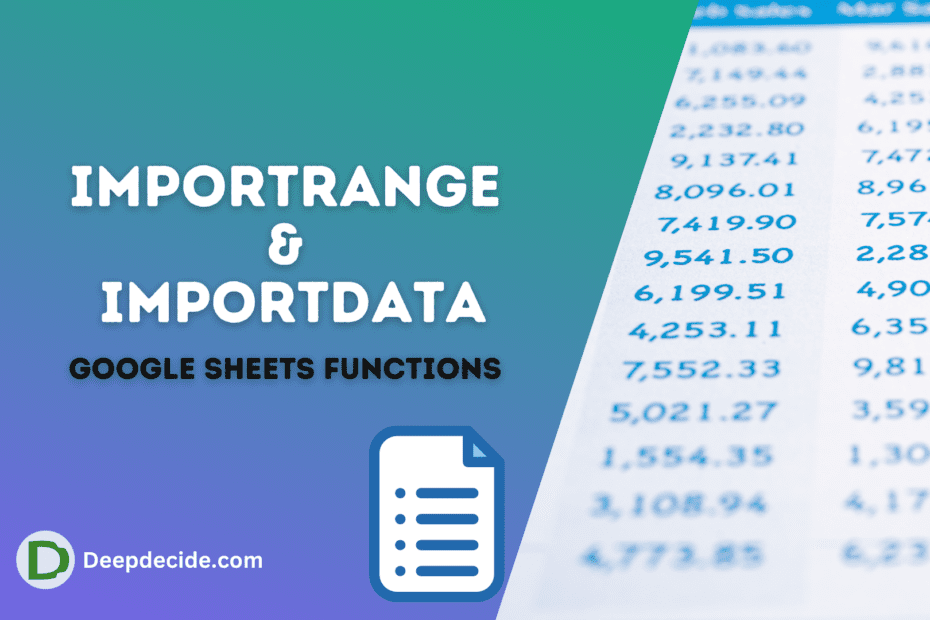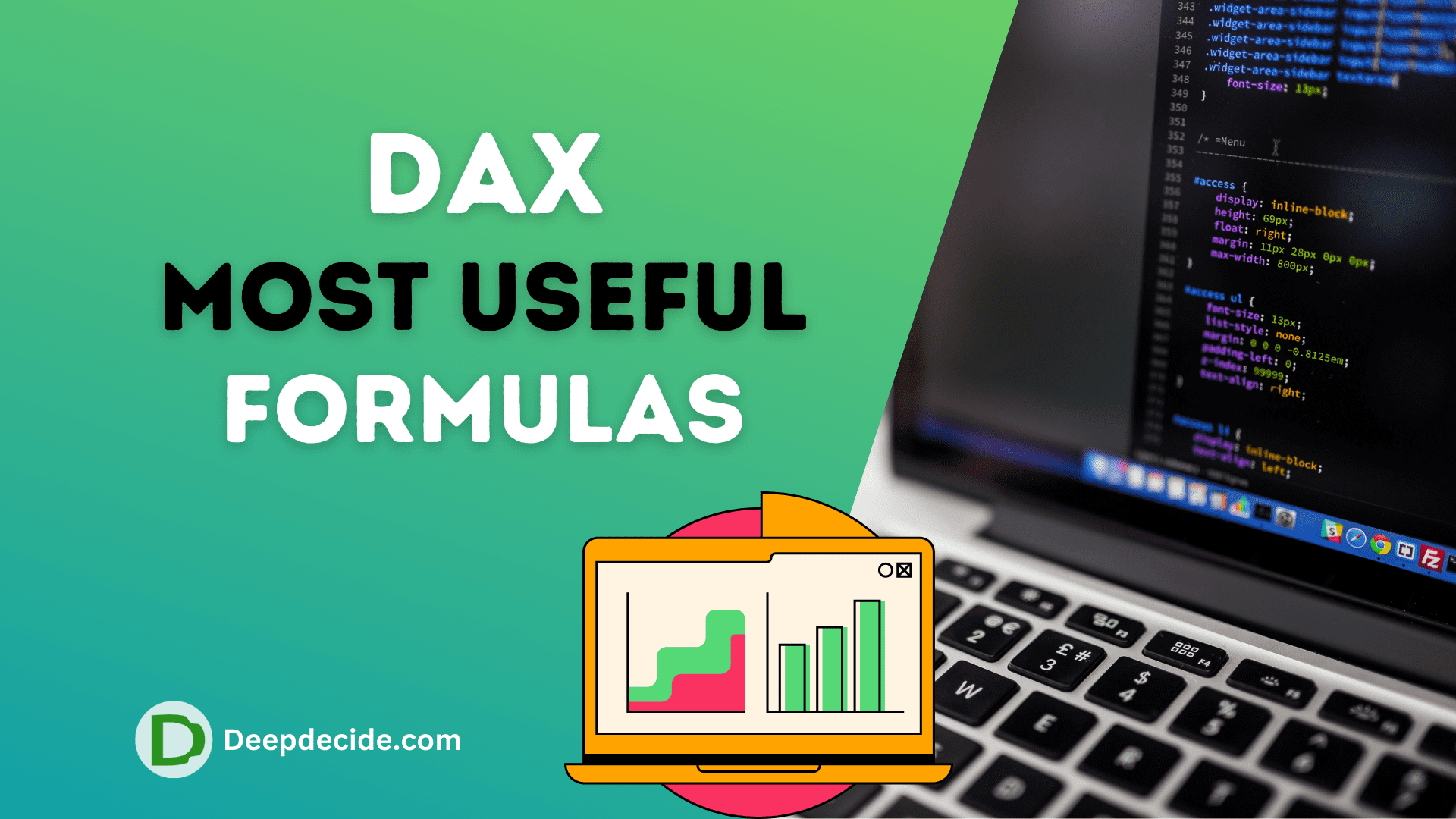Last Updated on: 12th February 2024, 08:13 am
The IMPORTDATA function in Google Sheets is a valuable tool for importing external data directly into your spreadsheets. The IMPORTRANGE function in Google Sheets offers a convenient way to link and import data between different sheets and workbooks, streamlining collaboration and data consolidation tasks.
IMPORTRANGE Function in Google Sheets
Google Sheets offers a plethora of functions to manipulate and analyze data, and one of the most powerful among them is IMPORTRANGE. This function allows users to import data from one spreadsheet to another, even across different workbooks.
Whether you’re collaborating with colleagues, consolidating data from multiple sources, or simply organizing your information more efficiently, IMPORTRANGE can be a valuable tool in your arsenal.
Understanding IMPORTRANGE
The IMPORTRANGE function in Google Sheets retrieves data from a specified range of cells in another spreadsheet. It enables users to link data between multiple sheets or workbooks, facilitating collaboration and data consolidation without the need for manual copying and pasting.
Syntax
IMPORTRANGE(spreadsheet_url, range_string)- spreadsheet_url: The URL of the spreadsheet containing the data you want to import.
- range_string: A string specifying the range of cells from which to import data, in A1 notation (e.g., “Sheet1!A1:B10”).
Examples
Example 1: Importing Data from Another Sheet in the Same Workbook
Suppose you have two sheets within the same Google Sheets workbook: “Sheet1” and “Sheet2”. If you want to import data from cells A1:B10 in “Sheet1” into “Sheet2”, you can use the following formula in any cell in “Sheet2”:
=IMPORTRANGE("spreadsheet_url", "Sheet1!A1:B10")Replace “spreadsheet_url” with the URL of your Google Sheets workbook. Upon entering this formula, it will fetch the specified data range from “Sheet1” and display it in “Sheet2”.
Example 2: Importing Data from Another Workbook
If you want to import data from a different Google Sheets workbook altogether, the process is similar. Assuming the URL of the external workbook is in cell A1 of your current workbook, you can use the following formula:
=IMPORTRANGE(A1, "Sheet1!A1:B10")This formula will import the data range A1:B10 from “Sheet1” of the workbook whose URL is specified in cell A1.
Example 3: Dynamic Data Import
IMPORTRANGE also supports dynamic data import based on cell references. For instance, if the range you want to import varies based on user input, you can specify the range dynamically using cell references. Suppose the range you want to import is determined by cells A1 and B1, you can use the following formula:
=IMPORTRANGE("spreadsheet_url", "Sheet1!"&A1&":"&B1)This formula will import the data range specified by the values in cells A1 and B1 of “Sheet1” in the specified workbook.
Considerations
- Access Permissions: When using IMPORTRANGE to import data from another workbook, ensure that the external workbook is shared with the appropriate permissions. Without proper access, IMPORTRANGE will not be able to retrieve the data.
- Data Refresh: IMPORTRANGE does not automatically refresh data. If the source data changes frequently and you need the latest information, you may need to manually refresh the function or consider using other methods like Google Apps Script to automate the process.
- Performance: Importing large datasets or ranges from multiple workbooks can sometimes impact performance. It’s essential to optimize your use of IMPORTRANGE to maintain efficient spreadsheet functionality.
IMPORTDATA Function in Google Sheets
Google Sheets offers a range of powerful functions to manipulate and analyze data. One such function is IMPORTDATA, which allows users to bring external data into their spreadsheets with ease.
Whether you’re pulling in financial information, stock prices, weather data, or any other type of structured information available on the web, IMPORTDATA can streamline the process.
Understanding IMPORTDATA
The IMPORTDATA function in Google Sheets fetches data from a given URL in a CSV (comma-separated values) or TSV (tab-separated values) format and imports it directly into your spreadsheet. This function essentially automates the process of copying and pasting data from external sources, saving time and effort.
Syntax
IMPORTDATA(url)- url: The URL of the file you want to import data from.
Examples
Example 1: Importing Stock Prices
Let’s say you want to import the latest stock prices of a company into your spreadsheet. You can use IMPORTDATA to fetch this data from a financial website. Assuming the URL containing the stock data is in cell A1, the formula would be:
=IMPORTDATA(A1)This formula will retrieve the data from the specified URL and populate the adjacent cells with the imported data.
Example 2: Fetching Weather Data
You can also use IMPORTDATA to pull in weather data from online sources. For instance, if you want to display the current temperature in New York City, you can find a suitable weather API that provides this information. Assuming the API URL is in cell A2, the formula would be:
=IMPORTDATA(A2)The imported data might include details such as temperature, humidity, wind speed, etc., depending on the API response.
Example 3: Importing CSV Files
IMPORTDATA is not limited to fetching data from URLs only. It can also import data from publicly accessible CSV files. Suppose you have a CSV file stored on a web server, and the URL is in cell A3. You can use the following formula to import the data into your spreadsheet:
=IMPORTDATA(A3)This will pull in the contents of the CSV file directly into your spreadsheet, making it easy to work with the data.
Considerations
- Data Format: Ensure that the data you’re trying to import is in a compatible format (CSV or TSV). Otherwise, IMPORTDATA may not work as expected.
- Data Refresh: IMPORTDATA does not automatically refresh data. If the source data changes frequently and you need the latest information, you may need to manually refresh the function or use other methods like Google Apps Script to automate the process.
- URL Availability: The URL provided must be accessible and publicly available. If the URL requires authentication or is restricted, IMPORTDATA may not be able to retrieve the data.



